Travis's Fran Healy: the 11 records that changed my life
"If Travis were really anything, it was about connecting The Band and R.E.M."

Introduction: Everything At Once
At the end of April, Scottish four-piece Travis released their eighth studio album Everything At Once, and frontman Fran Healy is understandably proud of the long-player’s 10 songs.
Moreover, he’s also resolutely proud that - whatever genres and trends are permeating the nation’s airwaves - Travis always remain unaffected, happily striving forward with their own timeless brand of melodic indie-rock.
Before Healy opens up about the 11 albums that changed his life, he tells us a bit about his band’s new record.
“I think it’s the most ‘up’ record we’ve ever made, although there’s a couple of darker moments in there,” enthuses Fran.
Our album is like the antithesis of what’s going on
“Looking at the airplay charts, it seems we’re just surrounded by urban music. It seems like urban music is really the thing at the moment, and there are amazing-sounding urban records, but our album is like the antithesis of what’s going on.
“As usual, Travis is just doing the thing that they do and it doesn’t really matter what else is going on. I think the nice thing about our band is that we’ve never ever looked at the charts when we make a record.
“When The Man Who [1999] went bananas, people said, ‘Oh yeah, Travis is so commercial!’ but, oh my God, you couldn’t get a less commercial band! I think this album is joyously uncommercial but at the same time insanely poppy.”
When The Man Who [1999] went bananas, people said, ‘Oh yeah, Travis is so commercial!’ but, oh my God, you couldn’t get a less commercial band!
Like its predecessor, 2013’s Where You Stand, Everything At Once was produced by Michael Ilbert.
We asked Fran what it’s like working with Ilbert compared with Nigel Godrich (Radiohead, Atoms For Peace, Red Hot Chili Peppers, R.E.M.) who produced/co-produced three early Travis albums, including The Man Who.
“When you’ve worked with someone as good as Nigel, you need to find someone who’s just as good as that, and Michael is that guy,” explains Healy.
“He’s Swedish and he comes from that very high-end Swedish way of recording that is technically very, very exacting. When we did the last record with him, we did it in Norway, but this time, we did it in Hansa in Berlin, because Michael has his mixing room there, and so we were right next door to all his equipment. I’ve got a writing room there, too, and we had the whole top floor to ourselves.
Nigel [Godrich] came in while we were recording and he said he thought it was great
“Michael is technically on a par with Nigel as an engineer, so when he’s recording us, you know that everything that he records will sound the best it can possibly sound. It was also nice because Nigel actually came in during our second or third session. Nigel and Thom [Yorke] were using my room to rehearse for some gigs in Japan with Atoms For Peace… and Nigel came in while we were recording and he said he thought it was great. Now, Nigel is a really fussy fucker and he really wouldn’t say it was good if he didn’t think it was good!”
And what was the recording vibe like at the legendary Hansa studios where so many sublime records have been masterminded over the years?
“Hansa’s just got something about it and, when you go there, it does have a sort of pedigree,” Fran says.
“You have the Bowie thing, you have the Iggy Pop thing, the U2 thing, the Depeche Mode thing and I think you feel like you have to make a good record so everyone is maybe focusing a little bit more… but it’s also a sonic thing. That’s why certain bands go to certain rooms.
As our song 3 Miles High begins, the keyboard is the same keyboard that was on Speed Of Life by Bowie!
“You do feel things there, too, like there’s the story of when Bowie looked out of the window downstairs and saw Tony Visconti kissing some girl by the wall when he was writing Heroes. Those kind of things are amazing. The other thing is they’ve got all the gear. As our song 3 Miles High begins, the keyboard is the same keyboard that was on Speed Of Life by Bowie! That was really cool.”
There are plenty of tales behind Fran’s 11 life-changing albums, too, as he reveals…
Everything At Once is out now via Red Telephone Box.
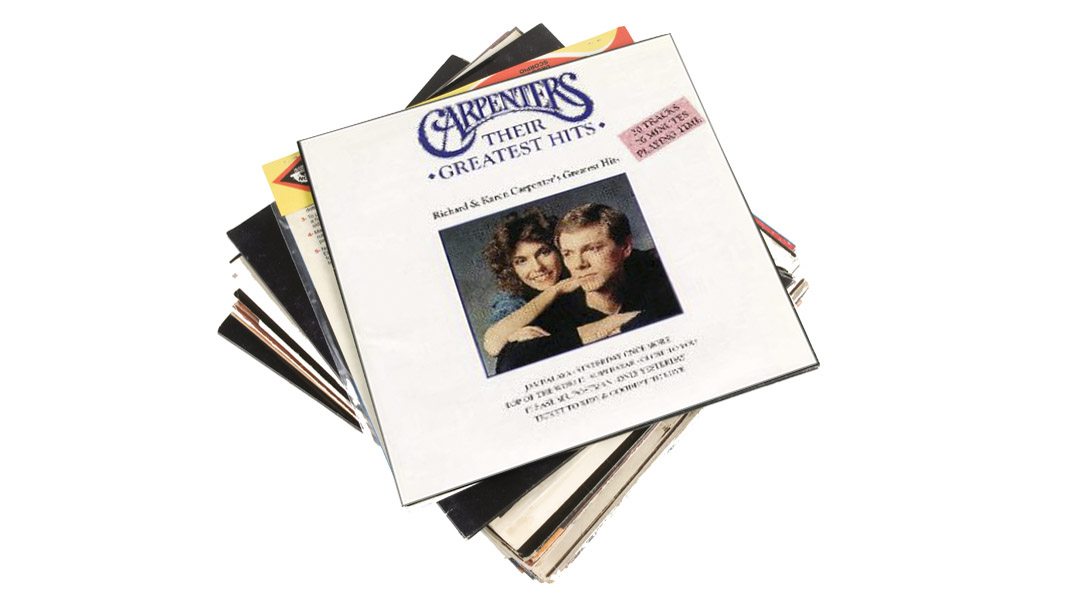
1. The Carpenters - Greatest Hits (1983)
“I’ll have to start with the first record I ever bought. I was an eight-year-old kid and I didn’t really know what I was buying. We didn’t have a record player, but I was at The Barras, this market in Glasgow.
“I was always taken by books, although I didn’t really read. I’m not a reader, but I love books, I love writing and I love the actual objects. The same thing applied to these big square things that had these round black plates inside of them and I was always like, ‘What are these things?’
“Then, one day, I had a wee bit of pocket money and I bought this album because I just thought the woman on the front cover of it was really beautiful. I bought it for my mum and it was just a random greatest hits by The Carpenters.
“I brought it home and we took it to my granddad’s, because he had an old stereogram. When I put it on, it was amazing. Her voice was so rich, and it really touched me, and I listened to it incessantly looking at this picture on the front of this woman’s face, this very beautiful relaxed-looking face. That was my first encounter with an album.”
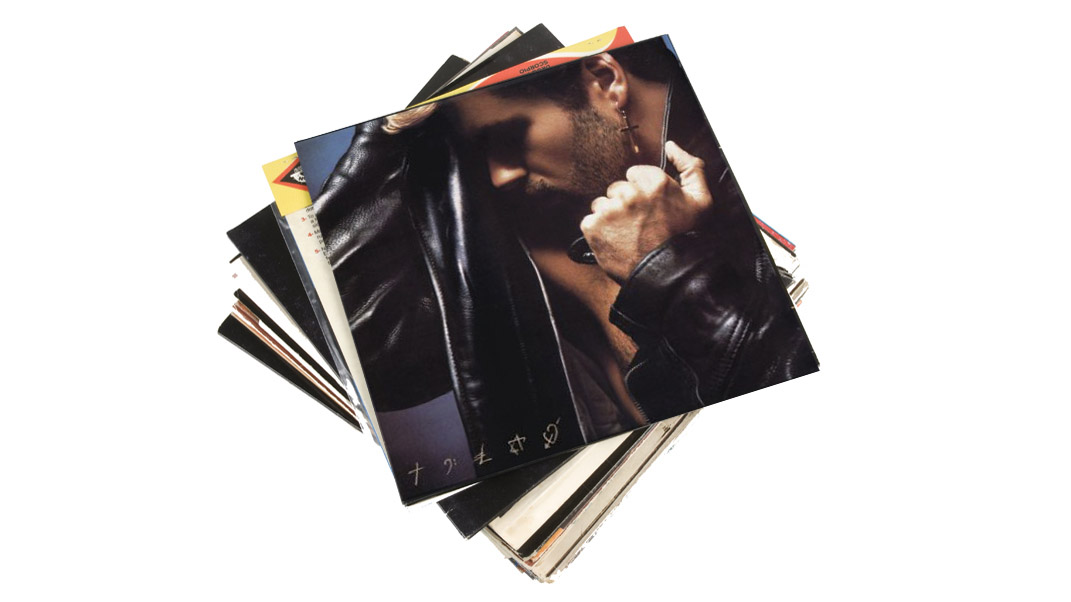
2. George Michael - Faith (1987)
“The next album I remember buying was Faith by George Michael, and I bought it on tape. I was aware of Wham!, but that was a girl’s thing so I didn’t go near it because I was a boy, but then he released the single Faith, and I just loved it. I then bought that album and it just remained on my personal stereo for ages and ages and ages.
“You play that album to me now and I know all the lyrics back-to-front! I think, when you’re 12 years old or so, you get a record and you just absolutely consume it. I can tell you all the bits of music in it: the basslines, the drum beats, everything. You soak every part of it into you, and I don’t think it ever leaves you.
“That record really, really echoes still. I met George Michael a few years ago and I kind of lost it a little bit because he’s just a total legend, and he’s cool as well.”

3. Various Artists - Unknown 1950s Rock 'n' Roll Compilation
“The next one I can remember getting was a rock ’n’ roll compilation tape that had Chuck Berry and Eddie Cochran on it. Again, I listened to it back-to-front, inside-out and every which way. I would have my headphones on or I would have it on my tape recorder and I’d play it and do guitar solos over it with my voice.
“I remember thinking, ‘I’m going to rip the shit out of this if I get a guitar! I’m so gonna be the best guitarist in the world, because I can do these totally original guitar solos with my mouth!’
I listened to this record for about a year, and then I got an acoustic guitar for Christmas and I very quickly realised that I didn’t have a guitarist’s DNA!
“I listened to this record for about a year, and then I got an acoustic guitar for Christmas and I very quickly realised that I didn’t have a guitarist’s DNA! I couldn’t do it with my fingers and I was so disappointed. I didn’t even know how to tune a guitar. I tuned to an open chord, but it sounded right and I could put my finger up the bars and play the chords.
“The first songs I learned were from that rock ’n’ roll compilation. I couldn’t tell you which one. It was just a random compilation cassette. It was at my friend’s house, and I asked his dad if I could borrow it and he was like, ‘Yeah, sure.’ It didn’t even have a cover. The first songs I learned were Three Steps To Heaven [by Eddie Cochran] and Johnny B. Goode [by Chuck Berry].”
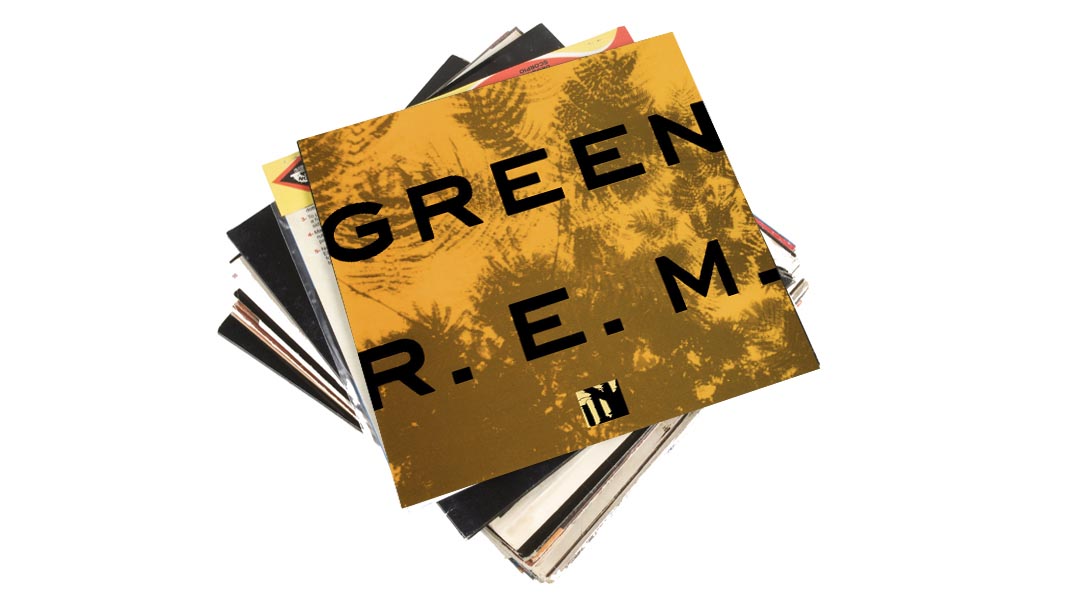
4. R.E.M. - Green (1988)
“We had this brilliant English teacher called Jack McLaughlin, who was the head of the English department. He just filled me up every day with great stories and information. He had a joy for writing and a joy for poetry, and was just a brilliant, brilliant teacher. I just stuck a straw in and just sucked it out of him!
“One day, he came into class and the kids were all talking and he had a book in his hand, and he slammed this book down on the desk - hard as fuck - and everyone stopped talking and looked round at him! Then, he put his finger in the air like he was going to make a declaration and said ‘R.E.M. are the greatest rock band in the world!’
Green is like a record that is transitional. It’s going between the old R.E.M. and this newer later mainstream R.E.M.
“Everyone was like, ‘What? He’s just mental!’ I think I was the only one in the class who asked the master what he was talking about, and he was like, ‘You’ve got to get this record, son! It’s phenomenal!’ and it was Green by R.E.M. So, I bought it and, sure enough, it began this love affair with R.E.M. I still listen to it today, and it still stands up.
“Green is like a record that is transitional. It’s going between the old R.E.M. and this newer later mainstream R.E.M. that would come a little later. Another great thing about that record is it was a door that took me through to their back catalogue. I got into R.E.M. in a massive way and, in a sense, if Travis were really anything, it was about connecting The Band and R.E.M. - I wanted to be in a band that crossed the music of those two.”
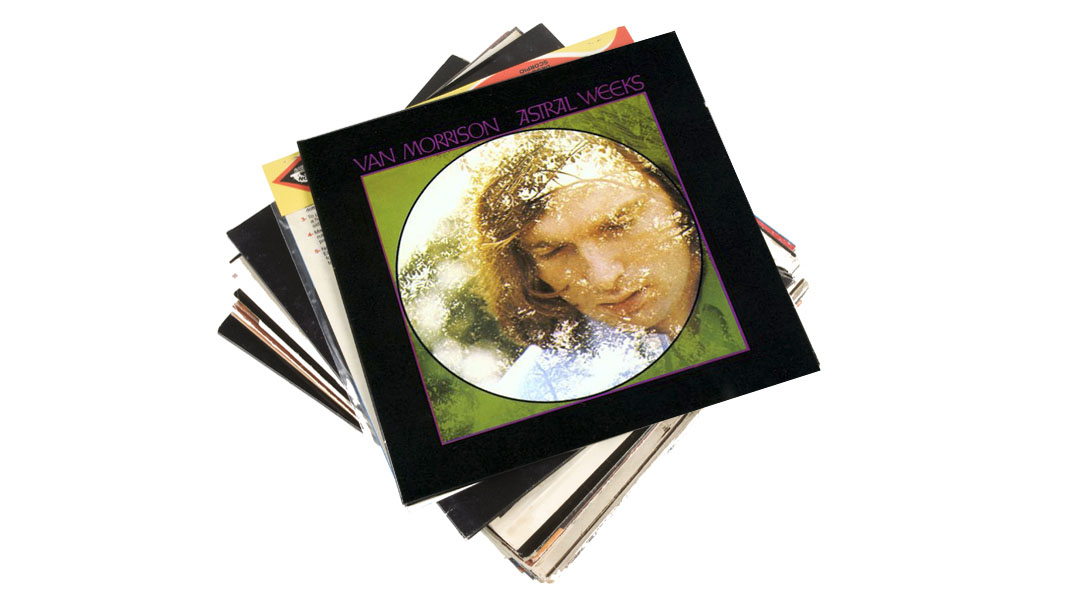
5. Van Morrison - Astral Weeks (1968)
“Everyone in our school was listening to INXS and U2, and their big brothers were listening to bands like Big Country. I didn’t have any idea. I only knew what was on Top Of The Pops, really.
“I think I started getting more into albums when I was about 16 or 17. I went on an art course - which completely changed my life because, being sort of poor, you don’t get access to certain things. You watch telly, you listen to the radio and that’s it… but I got the chance to go to this art course, and I met all these middle-class kids that were all kind of super-cultured and lived in the West End of Glasgow.
“It just blew my mind, and I was like a sponge. In your life, you’re either a rock or a sponge. There’s two categories of people and I really believe it’s true. I’m a sponge and I love my fellow sponges. I just love to soak things up, whatever they are.
I’m a sponge and I love my fellow sponges. I just love to soak things up, whatever they are
“So, when I went to this art course, I was like, ‘Oh my God!’ and I just sucked the shit out of it. I’d be listening to Joni Mitchell songs and Bob Dylan things and Pink Floyd things and Jimi Hendrix and that whole ’60s thing. I remember going to HMV, but I couldn’t remember any of the names of the things I’d heard, but I saw this one record on the rack and it looked like the music that I’d been listening to. I was like, ‘Right, I’m going to get this. I might be wrong, but I’m going to get this’ and it was Astral Weeks by Van Morrison.
“I took it home and put it on, and I was like, ‘Holy shit, this is insane!’ It was, again, like a door opening, and that record followed me for the next year. The singing, the songs and the instrumentation of it were all things I’d never heard before. That record was like a complete closed circuit, like a bubble. You’d just enter it and you’d be in that little world that it created.
“I think, when he made that album, he was probably at the peak of his songwriting, but choosing it was so random. It was more just the artwork that made me get it, which is why I think album artwork is so important, because it’s always maybe reflective of what’s happening inside.”
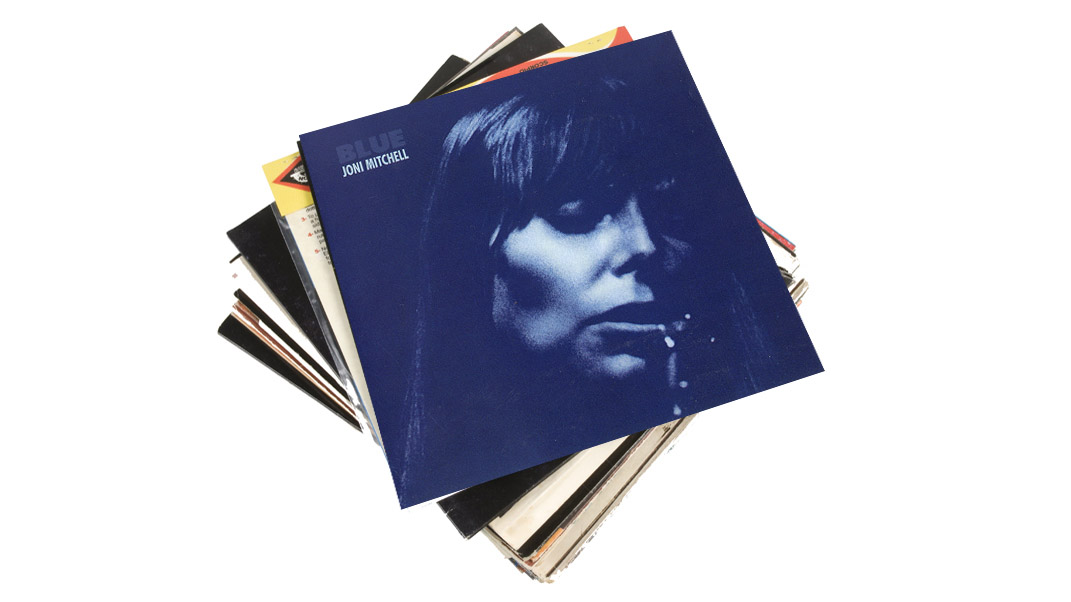
6. Joni Mitchell - Blue (1971)
“At this art course, I met a teacher called Gerry Kelly and he played me a song that he said he’d written, but I found out later that it wasn’t his song! I’m still mates with Gerry, actually. I’d been trying to write a song when Gerry came into the room and said, ‘What are you doing? I wrote this song when I was your age’ and it was a song called Urge For Going. I performed it at the art course on the last day, and everybody was crying at the end, and it was a moment where I was like, ‘Oh, this is cool!’
“Anyway, it turned out to be a Joni Mitchell song, and Gerry then gave me her album, Blue. For me, every part of it is like an exercise in reduction. There’s nothing on it: just two instruments and a voice on nearly every song. Unless you’re told that, you don’t even notice. It’s so brilliant. There’s such a fullness to it. I still listen to that record to this day and it’s just been with me forever. Blue was a big eye-opener.”
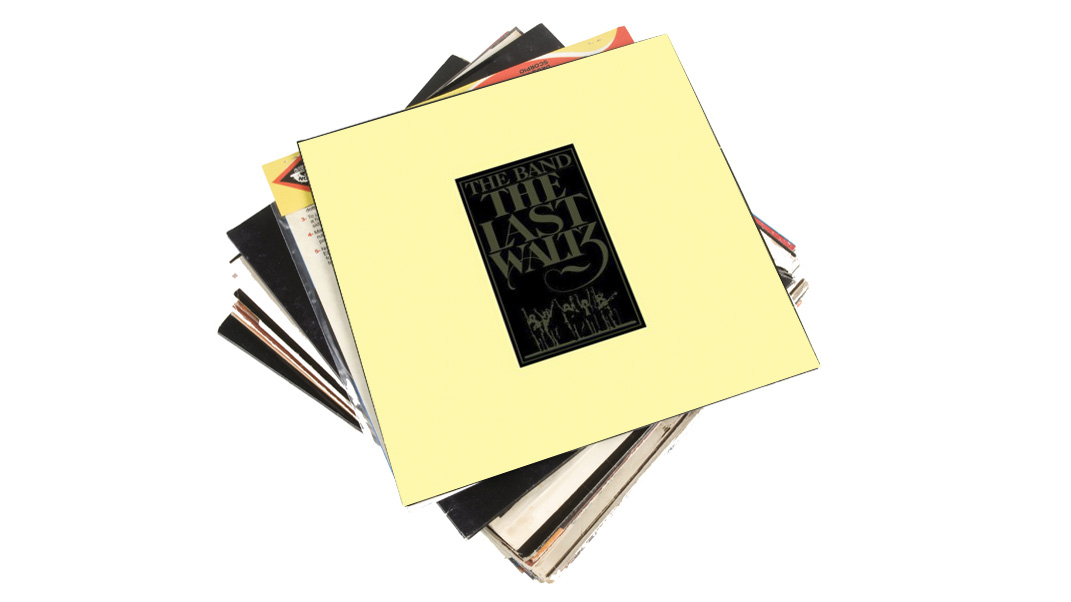
7. The Band - The Last Waltz (1978)
“After Joni, another big moment was watching the film The Last Waltz. There’s an album that goes with it but, for me, it was more the film. It was The Band’s last gig, and you have everyone on it. You’ve got really disparate acts performing - Muddy Waters, Eric Clapton, Joni Mitchell, Neil Diamond, Bob Dylan.
“That record then opened up the door to Bob Dylan, but it also opened up the door to The Band. I think I was more impressed by them than all of the other artists, bar Joni, who was brilliant.
“The Band really were a band’s band… and, after that, I bought Music from Big Pink. All of these records are like door-openers. I think music’s like this journey. Think of a door that’s shaped like a giant album, a big square door with a picture on the front and it’s got a handle and you open it. You then go into another room and there’s maybe another 10 albums. Then you open another album door and you go into another room and there’s maybe 30 albums. You keep picking doors and - whatever door you pick - you always end up inside another room of albums. That is this lovely journey of music we all go on.”
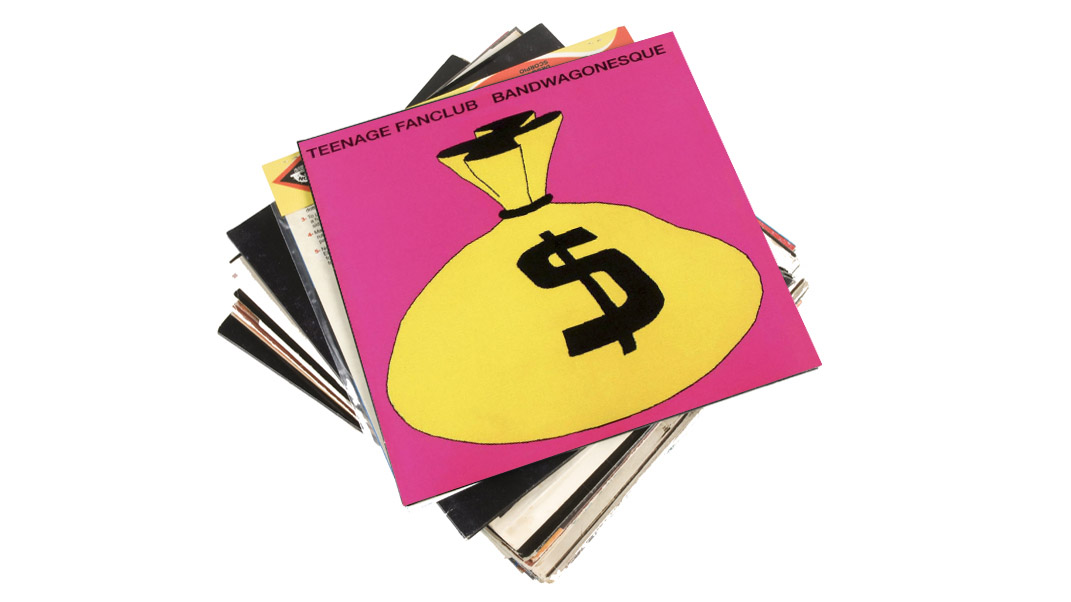
8. Teenage Fanclub - Bandwagonesque (1991)
“This came just before my art course. The Fannies are, I think, the best band that ever came out of Glasgow in my time. Beautiful people making brilliant music, referencing all the right references. They’re total music heads and they just love music. Again, they’re sponges.
“This record was, again, like, ‘Holy shit!’ but it had just the shittiest, crappiest album cover! It’s a pink album cover with a big yellow bag of money and a big dollar sign written on it. I think, for Teenage Fanclub, it was their sellout record but - instead of trying to hide it - they just made that the artwork! They were the coolest band, and every band in Glasgow just loved that band.
“I really dove into that record and sucked it all in. Sometimes, you listen to a record and you try and write a song that has elements of a band, but the Fannies never really had that effect on me, although there was one song that I wrote later on - Coming Around [released 2000] - which had a slight jangly, Fanny thing about it. Bandwagonesque is hands down the best record ever to come out of Glasgow, and it was like a life raft. It was brilliant!”
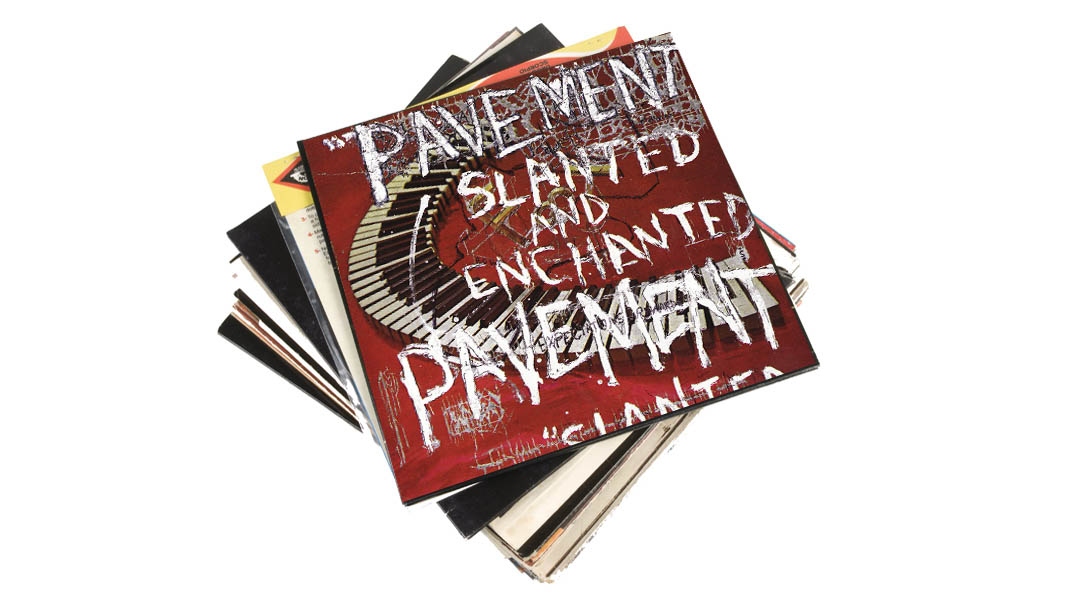
9. Pavement - Slanted And Enchanted (1992)
“At art school, Toby Paterson - who’s now quite a big artist in the art world - came in one day after hearing John Peel, and he’d bought Slanted And Enchanted. No-one had heard anything like Pavement. They were so rough and so deliberately obtuse musically, and totally ironic and super-American.
“I think, growing up, I had some kind of love of America, and coming from Scotland, there always seems to be a little bit of that going on, in our generation, anyway. It sounded a bit like The Velvets, but I didn’t know what The Velvet Underground sounded like at that point! I had no reference points, apart from maybe hearing a few things on the radio and not knowing who they were by.
“When I heard this album, I was like, ‘Oh my God, he sounds like Lou Reed, but it’s just so fucked up!’ It made me think, ‘Shit, music doesn’t have to be this polished, perfect thing!’”
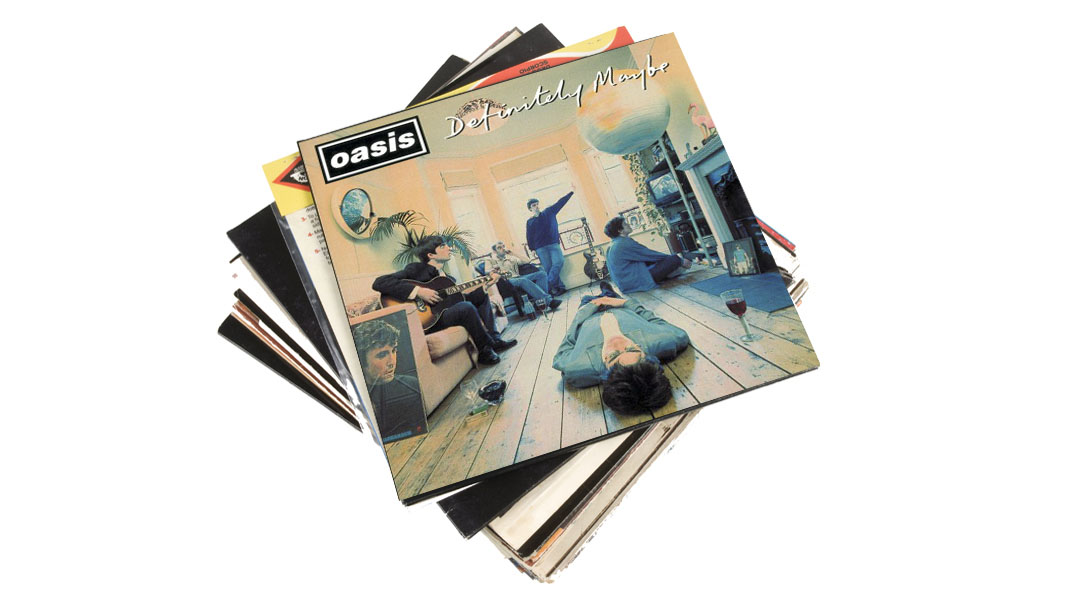
10. Oasis - Definitely Maybe (1994)
“I remember I bought the 12” of Supersonic when everyone was going on about Oasis. I thought Supersonic was all right. It just reminded me of Manchester, and it had a very Mancunian tone to it. Then someone at art school said, ‘Have you heard this new Oasis song, Live Forever?’
“So, on the Sunday, I sat - as I did most weeks - with my tape recorder ready, listening to the Top 40. I was waiting for that song and it didn’t come, but it got to the top 10 and I was like ‘Shit!’ and it was number two, so it was the moment when Oasis became huge. I recorded Live Forever and that was it.
“Definitely Maybe signified this moment where I had all of these things going on at the same time. I had Joni Mitchell, I had The Band, I had Oasis and R.E.M. With Oasis, it was the first time where I was like, ‘This is my band! I can totally relate to this big-time.’”
Noel Gallagher made me believe that I could do what he was doing and do it just as good as he could do it
“Noel was a big inspiration for me in the sense that Joni Mitchell was because he sort of wrote nursery rhymes. He wrote British standard nursery rhymes, but rock ’n’ roll with big, loud guitars, and that was when I thought, ‘Ah right, that’s how you do it! I can do that!’ He made me believe that I could do what he was doing and do it just as good as he could do it. That record changed my style of songwriting a little bit. It led to me starting to write in a different way.”
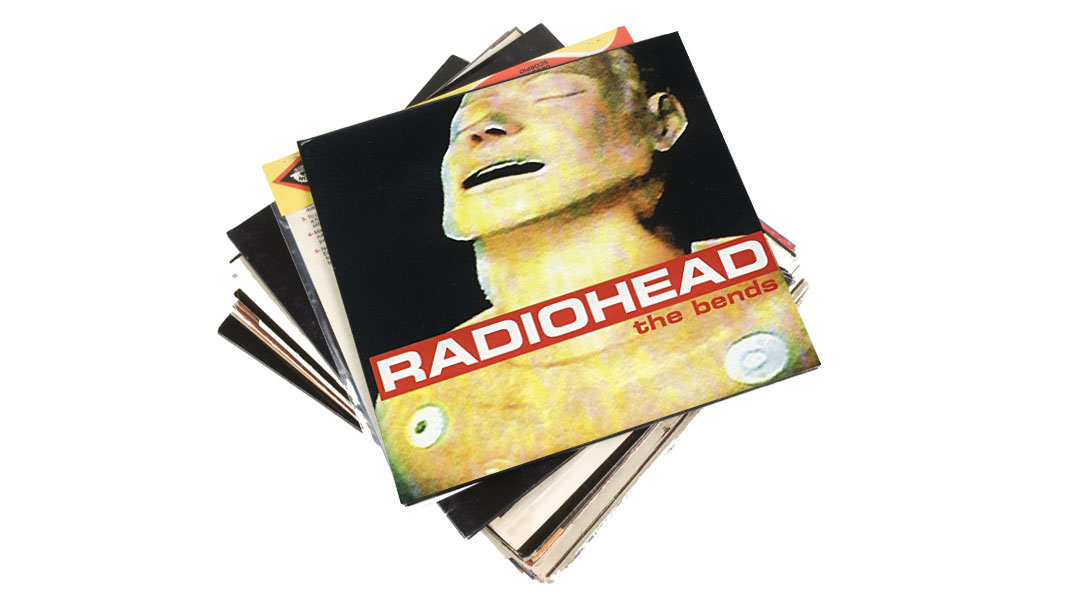
11. Radiohead - The Bends (1995)
“The Bends is for me, song for song, one of the best albums out there. It was the first time - as I learned later - that they first met Nigel Godrich, who was the assistant engineer alongside the producer, John Leckie [Godrich would go on to produce/co-produce three Travis albums].
“The Bends was the sound of a band blossoming and, wow, they really were coming alive, especially the guitar-playing! There’s something very ambitious about Jonny Greenwood’s playing on that record. When they went to OK Computer, they refined it and it was far more slick.
“The Bends was like a transitional record between old Radiohead and what we would later get to know, when they moved away from traditional songwriting to more dance-y territory. I think that record had the same effect on everyone in our band. It just grabbed everyone’s attention.”